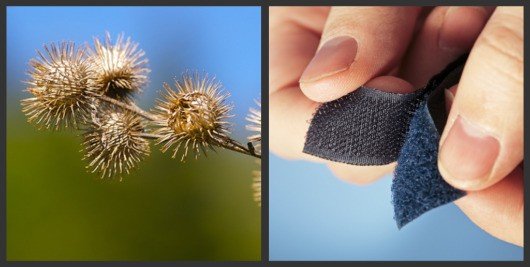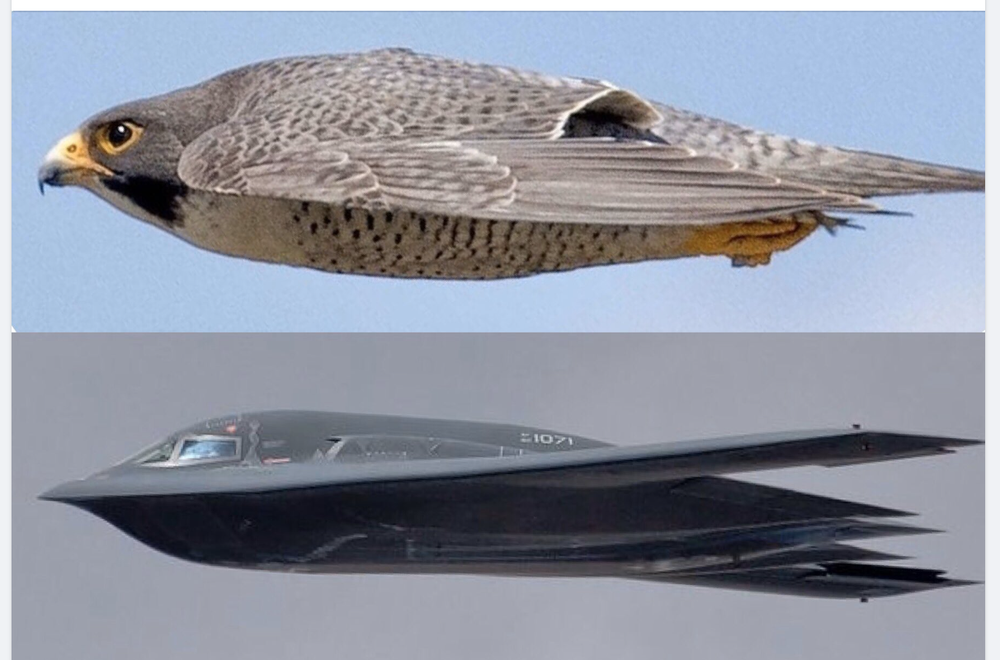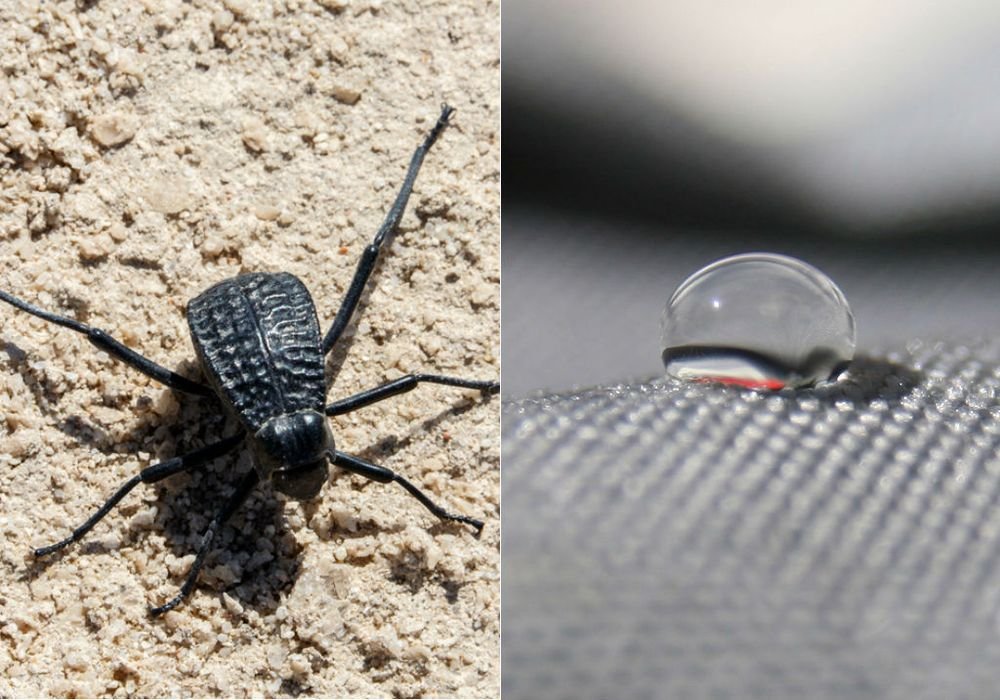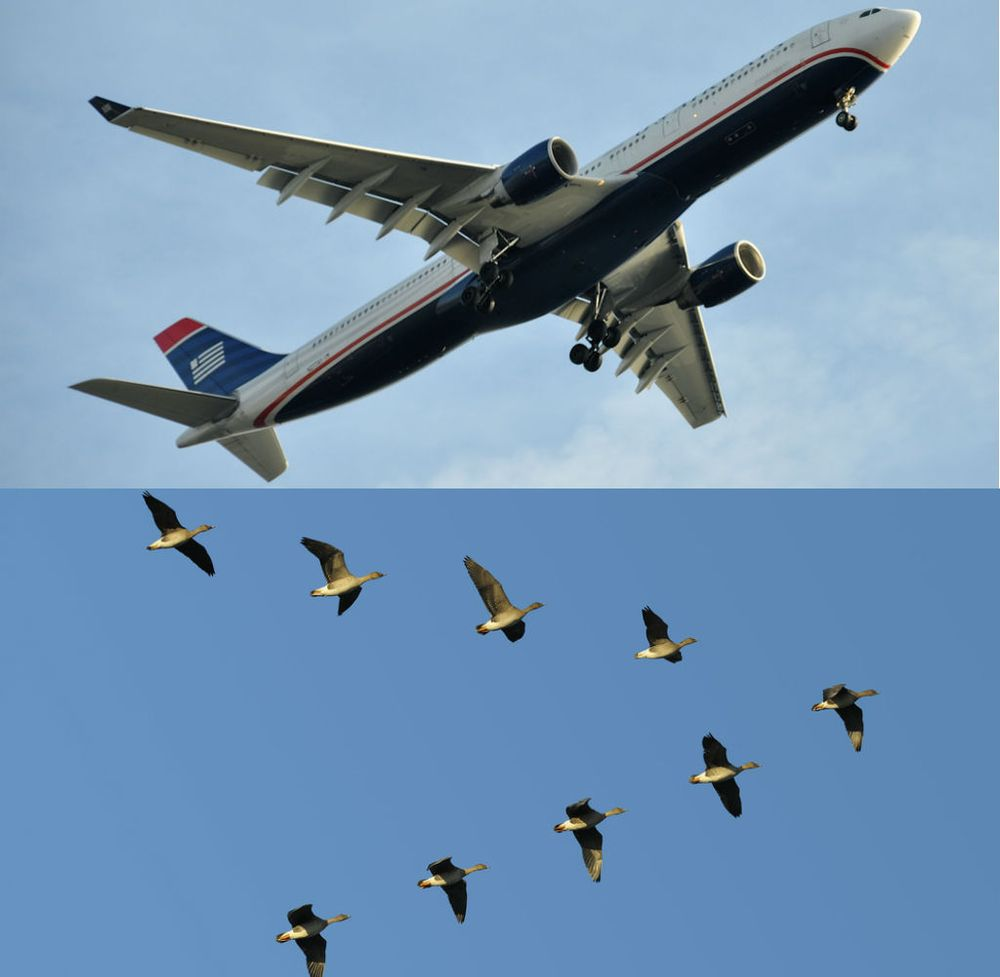Biomimicry is a design approach revolutionizing industries from construction to fashion, and now weÔøΩre using it for our synthetic turf infill treatment. WeÔøΩve put together this blog to expand on the concept of biomimicry, some examples of it in...
To put it bluntly, things are heating up in the modern world. ThatÔøΩs why so many of us have committed time and effort toward the ongoing pursuit of sustainability, searching to find the most compelling natural systems for inspiration: many of which are those found in the natural world. Enter the concept of biomimicry.
Biomimicry is a design approach revolutionizing industries from construction to fashion, and now weÔøΩre using it for our synthetic turf infill treatment. WeÔøΩve put together this blog to expand on the concept of biomimicry, some examples of it in action, and how weÔøΩre utilizing biomimicry to keep artificial grass cool.
ÔøΩ
What is Biomimicry?
Biomimicry, as its name suggests, is the technique of mimicking or emulating nature's time-tested problem-solving patterns and strategies in technology. The goal is to create more sustainable and practical solutions to human challenges by learning from the processes that work so well in nature.
Biomimicry is one of the three pillars of Bioinspired design, along with biomorphism and bioutilization, but itÔøΩs important to note the distinction. Biomorphism is the practice of designing technologies, spaces, or products to visually emulate elements from the natural world, however, this has no intrinsic impact on how these things can function. Bioutilization is the use of organic materials as a resource, which also has no necessary relation to the processes that any organic beings abide by.
Biomimicry, or biomimetic design, must follow the example of nature in terms of function and sustainability. Whether it takes the form of an energy-efficient building modeled after termite mounds, Velcro inspired by the burrs of the burdock plant, or figuring out how to keep artificial turf cool, biomimicry offers an exciting lens and the tools through which we can reimagine and redesign our world.
ÔøΩHow Biomimicry Can Increase Sustainability
Biomimicry offers the potential to enhance sustainability in a variety of industries, ranging from consumer products to larger infrastructure projects. Before human interference, nature is sustainable as is, therefore by using it as a model, we can develop solutions that are inherently more sustainable, energy-efficient, and less wasteful.
ItÔøΩs not about harnessing resources from nature, but using it as a resource to learn from when creating designs and processes that mirror those found in the wild. By using this approach, we can open the door to innovations that conserve resources, reduce pollution, and support healthier ecosystems.
To learn more about How Biomimicry Can Increase Sustainability visit asknature.org
Examples of Biomimicry
There are numerous examples of how biomimicry has been utilized in the world as a creative approach to problem-solving.






For instance, the design of the Shinkansen Bullet Train in Japan was inspired by the beak of the Kingfisher bird, improving the aerodynamic nature of the vehicle and allowing it to operate more quietly and efficiently. Similarly, we have the Eastgate Centre in Zimbabwe, which was modeled based on the extensive study of termite mounds. The unique design helps to maintain comfortable temperatures without the use of air conditioning ÔøΩ a practical and sustainable solution for the year-round heat in Africa.
On a smaller scale, thereÔøΩs also the creation of Velcro, which imitated the microscopic hooks of cockle-burs to create the clasping material we know today.
ÔøΩThese are examples that highlight the potential of biomimicry to revolutionize not just products, but entire systems. However, biomimicry can also be used to answer more localized questions, such as figuring how to stop artificial grass from getting so hot.
ÔøΩ
Why Does Artificial Turf Get So Hot?
Artificial turf has many uses and benefits, such as providing a year-round activity space, eliminating pesticides, greatly reducing the water used to stimulate growth, and reducing maintenance. However, it faces one significant issue: heat. On a sunny day, artificial turf can reach dangerous temperatures as high as 150ÔøΩF to 200ÔøΩF, hotter than asphalt. There is a longer explanation for this, but in short, the increase in heat is due to the material's inability to "sweat" or dissipate heat through evaporation.
When working out how to keep turf cool, itÔøΩs easy to lean in the direction of constant irrigation, but if you live in an area with hot summers, this can result in more water being used than would be with natural grass. Sustainable management of artificial grass comes in the form of biomimicry.
ÔøΩ
How TCool Uses Biomimicry to Keep Artificial Grass Cool
At TCool, weÔøΩre always passionate about innovation, which is why our product is a result of the principles of biomimicry meeting the practical concept of artificial turf management. TCool, the only proven, patented cooling infill, takes inspiration from natureÔøΩs evaporative cooling process. In the same way that our bodies, animals, and even some plants release moisture to cool down in hot conditions, TCool absorbs and slowly releases water, reducing turf surface temperatures by 30ÔøΩF to 50ÔøΩF+.
Once applied to the base infill of synthetic turf and hydrated through irrigation, rainfall, or high humidity, TCool offers sustained cooling across the entirety of the turf. With irrigation alone, you have to continuously return to the turf and spray it down, which is time-consuming and ultimately a waste of water.
TCool facilitates true evaporative cooling across longer periods of time, effectively combatting the heat issues commonly associated with artificial turf. By emulating nature's own cooling mechanisms, TCool provides a real, practical solution to a significant issue while aligning with the principles of sustainability and water conservation.
With the power of evaporative cooling, you can trust that youÔøΩre setting up the best artificial grass for homeowners, pets, and sports teams alike.
Conclusion
As we look forward, sustainable practices are becoming more and more of a necessity, and by using biomimicry we can follow real-world examples set in place long before we started innovating. TCool is a great case for how this principle can be applied in projects of all sizes, aligning technology with nature to create a more sustainable future for all. Today itÔøΩs artificial turf that stays cool, tomorrow, who knows?
ÔøΩFor more interesting blogs on innovation and synthetic turf, visit our blog today.
ÔøΩ








